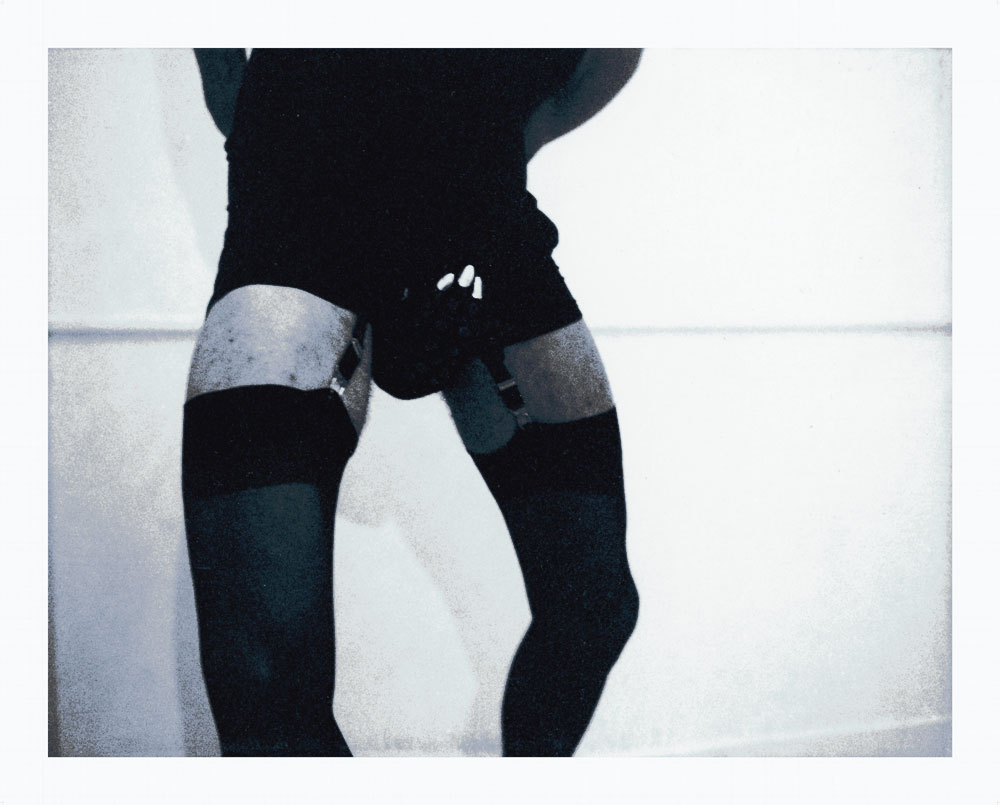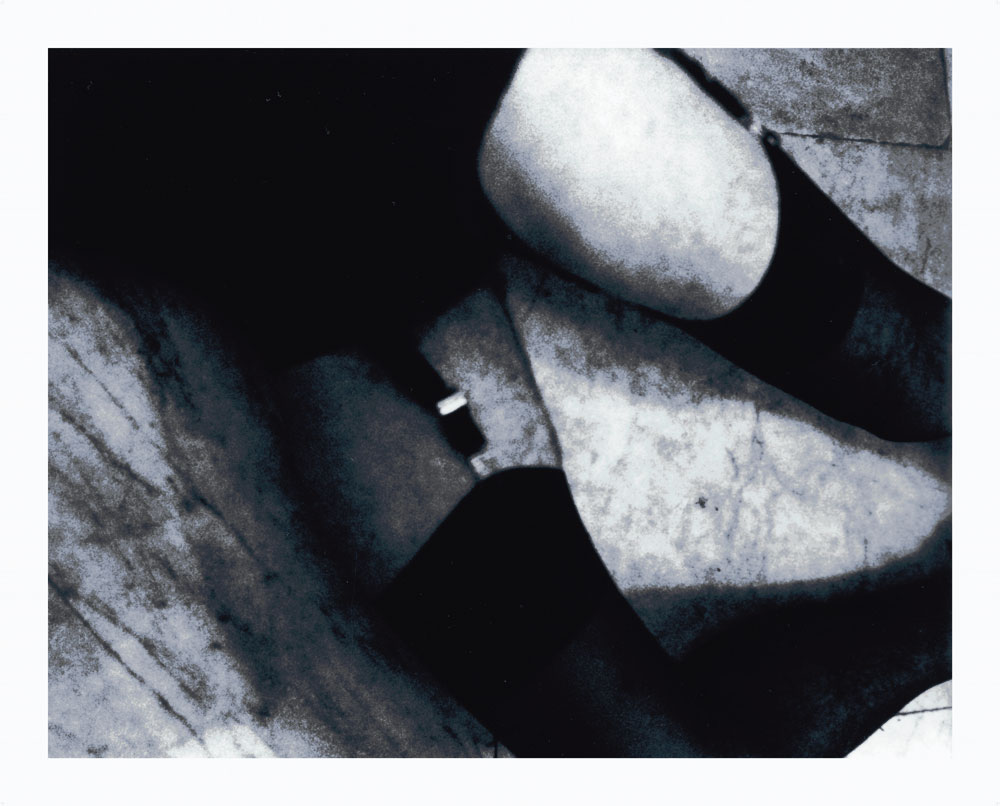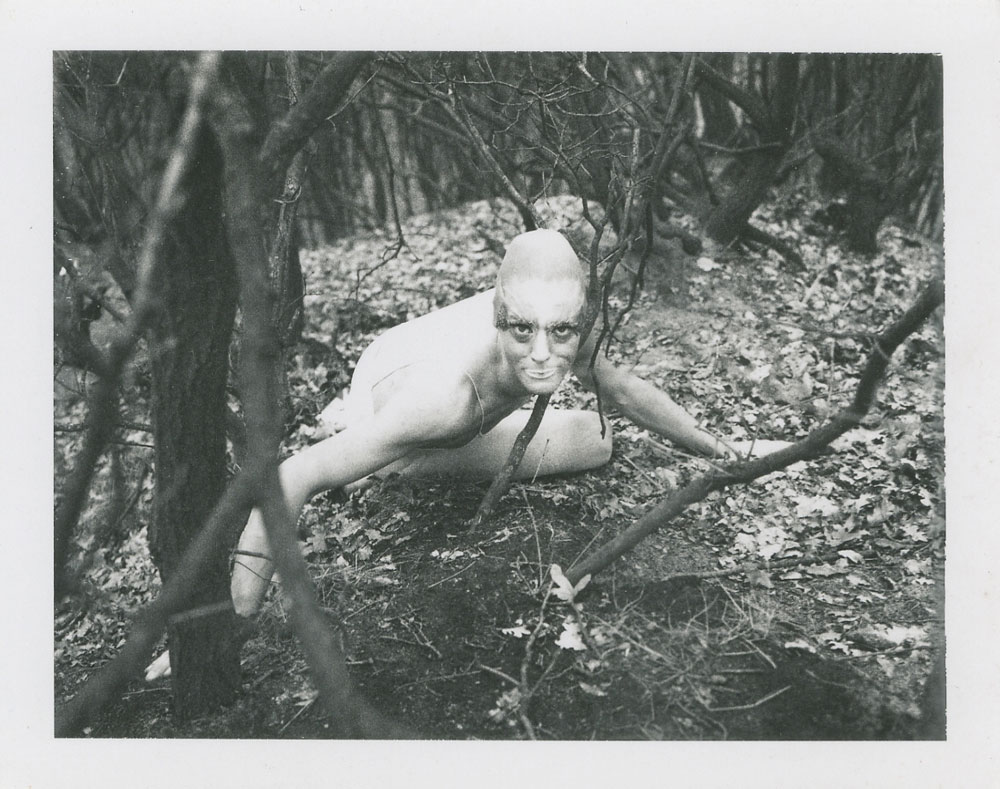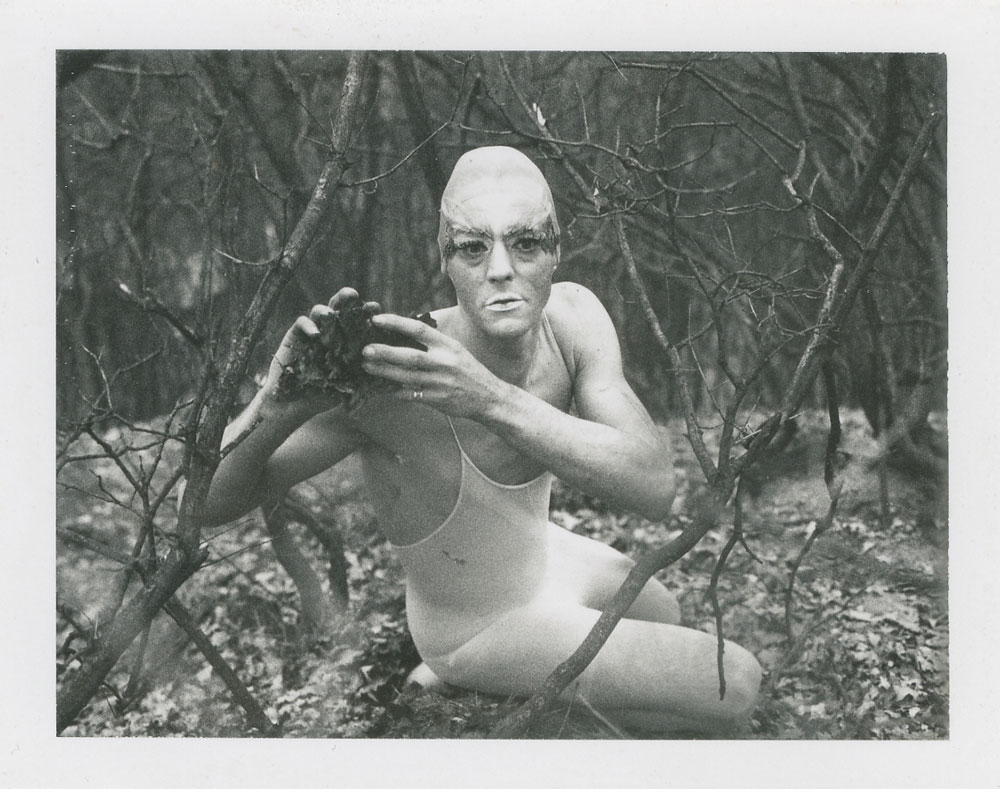ART-PREVIEW:Ulay
 Since 1971 Frank Uwe Laysiepen is known in artistic circles as Ulay, a pseudonym that combines the initial of his name with the first syllable of his surname. Ulay received international recognition through his radical actions and Polaroid works from the early seventies, followed by the collaborative performances with Marina Abramović (Relation Works 1976-1988) and his photographic experiments from the 1990s until today. His artistic trajectory amounts to a radical and historically unique oeuvre, situated at the intersection of photography and the conceptually oriented approaches towards performance and body art.
Since 1971 Frank Uwe Laysiepen is known in artistic circles as Ulay, a pseudonym that combines the initial of his name with the first syllable of his surname. Ulay received international recognition through his radical actions and Polaroid works from the early seventies, followed by the collaborative performances with Marina Abramović (Relation Works 1976-1988) and his photographic experiments from the 1990s until today. His artistic trajectory amounts to a radical and historically unique oeuvre, situated at the intersection of photography and the conceptually oriented approaches towards performance and body art.
By Dimitris Lempesis
Photo: Richard Saltoun Gallery Archive
Ulay’s career began with photography, evolved into performance and returned to photography. This evolution is at the core of the exhibition at Richard Saltoun Gallery in London, featuring many works from the artist’s vast output, several shown here in public for the first time. Ulay was formally trained as a photographer, and between 1968 and 1971, he worked extensively as a consultant for Polaroid. In the early period of his artistic activity (1968-76) he undertook a thematic search for understandings of the notions of identity and the body on both the personal and communal levels, mainly through series of Polaroid photographs, aphorisms and intimate performances. Aspects of this early intimate and personal research can be seen in a number of series on show: “Traumatic Fears” (1973), “S’he” (1973), “Death of a Transvestite” (1973), “W.T.” (1974), “Sex-stretcher” (1974), “Elf” (1974-75); and “Bene Agere” (1974), in these works Ulay questioned not only his own sexual identity but also the hybrid, fluid nature of sexuality. When exhibited for the first time, at De Appel in Amsterdam, the result was shocking, with the work deemed “difficult to look at, the form of it, the feel of it, the content of it”. Ulay would later go on to use the largest polaroid camera that exists, shown here with the work “Not My Cup of Blood” from the series “Can’t Beat the Feeling – Long Playing Record” (1992). One of Ulay’s most important performative actions “Irritation – There is a Criminal Touch to Art” (1976) is featured in the exhibition through photographs and a film describing the event. This action represents a key work within Ulay’s oeuvre, as it emphasizes not only his fight with his own German origin and the historical legacy of Nazism, but also points out the problematic situation of minorities within post-war German society. As a reaction to these failed post-war ‘denazification’ processes, Ulay symbolically dislocated the ‘identity icon’ of Germanness (the painting “Der arme Poet” by the Romantic painter Carl Spitzweg, who was Adolf Hitler’s favorite painter) from the Neue Nationalgalerie and relocated it in the home of a Turkish immigrant family in one of the poor neighborhoods of Berlin. He photographed the work in its new context, and shortly thereafter called the museum director to come and see the new display of the artwork. By performing such a radical act, he wanted to shed light on the immigrants’ condition, stressing that Berlin’s old glory as a symbol of Prussian power had been replaced by the Cold War rhetoric and the humiliating division of the German nation into two entities within the same city. Ulay had arranged to have this action recorded: Jörg Schmitt-Reitwein (the former cameraman of Werner Herzog) filmed the action from a vehicle that was following the van the artist was driving and eventually followed him during the last part of the act into the Turkish family’s home. The “Berlin Action” would indicate a new beginning for Ulay, marking his collaborative period with Marina Abramović. Living in their truck for years (the truck became the vehicle in their Relation in Movement work in Paris, 1977), they became known for the most physical and direct performances, oftentimes exploring boundaries to painful extremes. However, as both noted, even if beaten black and blue, they would not notice the pain during the performance itself but vowed to stop the moment they saw their ability, concentration, mental recourse and energy vanish.These performances are to date an important aspect of both artists’ oeuvres and are undisputed in the canon of art history as the most groundbreaking and celebrated performances ever created. In a special performance for the exhibition Ulay will create a new life-size photogram entitled “Performing Light”. Related to his performances involving photographic material, that started out with iconic work such as the spatial “Fototot” in 1976, Ulay recounts how a radiant bright light at the ‘Neue Wache’ in Berlin illuminating an important Käthe Kollwitz work, depicting a mother with a dead soldier (interpreted by Ulay as the Pietà), trigged his idea to create afterimages. “Project Cancer” will be screened at the gallery on Monday 28 January. In 2011, soon after he moved to Ljubljana, Ulay was diagnosed with cancer. Framed by his battle with the disease – and subtitled “Ulay’s Journal from November to November” this documentary gives space for a vital retrospective on his career. The first scenes were shot in November 2011 at the Ljubljana Institute of Oncology, where Ulay was receiving chemotherapy. When his health slightly improved, he decided to visit his friends around the world and the camera followed him on this so-called farewell journey: to Berlin for the premiere of Abramović’s film, then to New York, and finally to “his” Amsterdam. “Project Cancer” recounts Ulay’s career via interviews, archival video, photographs, and reproductions of his more ephemeral work.
Info: Curator: Birte Kleemann, Richard Saltoun Gallery, 41 Dover Street, London, Duration: 11/1-23/2/19, Days & Hours: Tue-Fri 10:00-18:00, Sat 11:00-17:00, www.richardsaltoun.com









